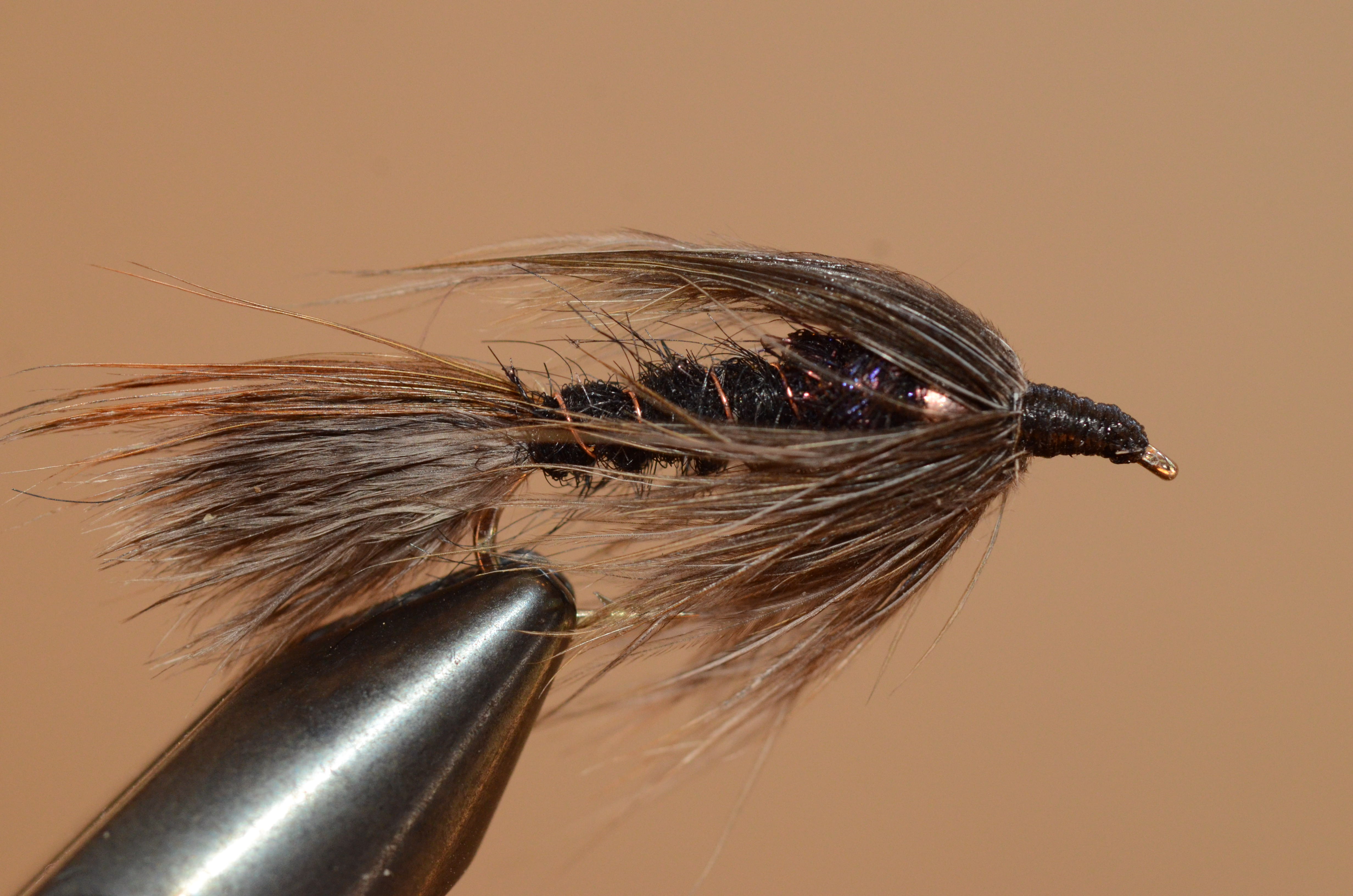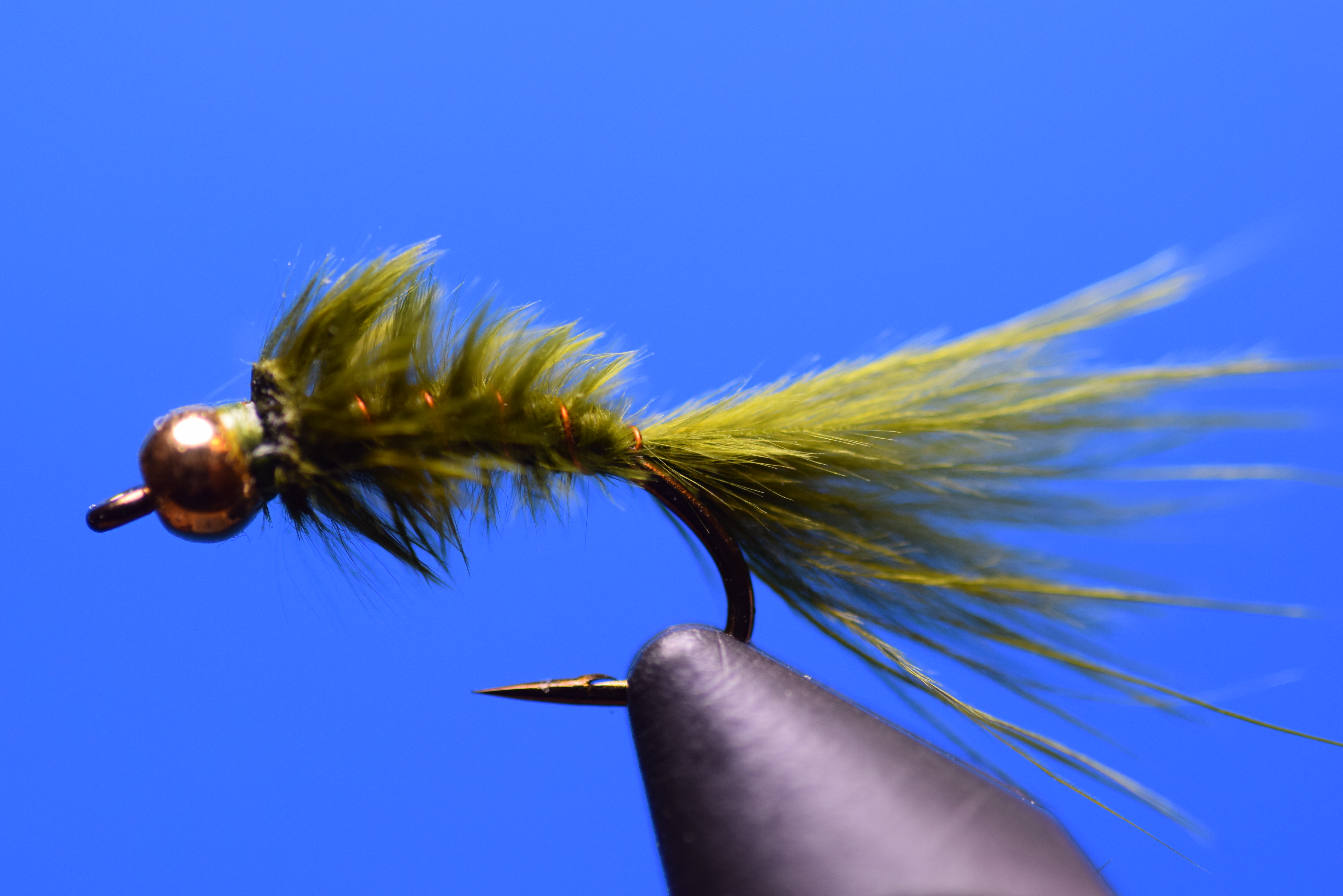Review by Al Ritt
It was with much anticipation that I waited when I heard Steve Schweitzer was writing a new book. I own Steve’s first two publications: A Fly Fishing Guide to Rocky Mountain National Park, and A Fly Fishing Guide to Colorado’s Indian Peaks Wilderness Area (co-authored with Mike Kruise). I’ve become accustomed to his detailed, thorough and insightful approach to any project he undertakes. His newest work, Designing Poppers, Sliders and Divers did not disappoint. If anything, it exceeded my expectations. While there are a great many fly tying books available to today’s fly tier, this book is unique. Rather than a listing of photos and recipes, or restated fly-tying basics that have been written about and published for years now, this book delves into the details of constructing fly/lure styles that few before have tackled.
I say constructed rather than tied because Steve includes intricacies of using materials and methods many fly tiers are not familiar or comfortable with. I also include the term lure as it was more commonly thought of in the past. Flies such as streamers, deer hair bass bugs and others that imitated large food sources than insects were referred to as lures in earlier times. There have also been many small lures similar to those used with bait or spin casting gear that were scaled down to be cast with fly gear; these were called “fly rod lures.” Designing Poppers, Sliders and Divers covers techniques to create flies/lures using cork, wood, foam along with more commonly used materials such as hackle, rubber legs, and more.
Steve organized this book into three main sections: Tools and Materials; Elements of Design; and Making Poppers, Sliders and Divers. Beyond these primary sections, Steve has also included a thorough and informative introduction covering the motivation behind the book, the history of fly rod lures and explanation of the book’s organization and how to get the most out of it.
Section one is a very complete listing of material used for construction of bodies, dressing the lure, painting, finishing and basic materials such as thread and hooks. Each tool/material is described and its properties and uses explained. Further, availability and sources for each are also covered including information (or references to more detailed information) on how to construct some tools.
Section two of the book goes into the components of these lures and how each will affect the appearance and function of the finished lure. Here you’ll be shown everything from how to achieve a scale or other pattern on the finished lure, to how construction affects a lure’s attitude and performance in the water, to methods of combining elements such as bodies, collars, rattles, eyes and more.
Section three of the book gets into the nitty-gritty of actually forming lure bodies from various materials such as various foams, woods and cork. This section also explores a variety of methods for securely attaching bodies to hooks, painting, adding texture/color/flash and finish coating each body style.
Steve also included many “road maps” to the index that make finding and using specific information much more convenient. There is a list of tables that compare various properties of materials or design criteria, so you may quickly evaluate what will be most relevant to your current tying needs. He has included a list of specific patterns included throughout the book of patterns with step-by-step tying instructions. A list of “DYI Projects” that covers making your own specialty tools and preparing your own custom components. And for flavor, Steve has included “Artesian Galleries.” These are inserts that feature talented tiers across the country with examples of their creations. To top it off, the “maps” include “Author’s Recommendations” which refer to detailed information in the book on material or tool sources and Steve’s recommendations of which products work best for specific tasks.
In summary, Steve’s written content is detailed, well presented, easy to use, and clearly written. His photography is of very high quality and there are plenty of shots and illustrations that are large enough to adequately support his instructions and written content. Perhaps, he might have employed someone similar to one of those picture book illustrators for hire to achieve this amount of quality for the work. This book is a “must have” for anyone interested in making or simply understanding fly-fishing lures and may be applied to larger lures as well. The book is printed in full color and put together with “lay flat binding” making it very useful for your work bench and easy to reference as you go. This may be Steve’s best book to date.
Click here to check out the book’s website.









